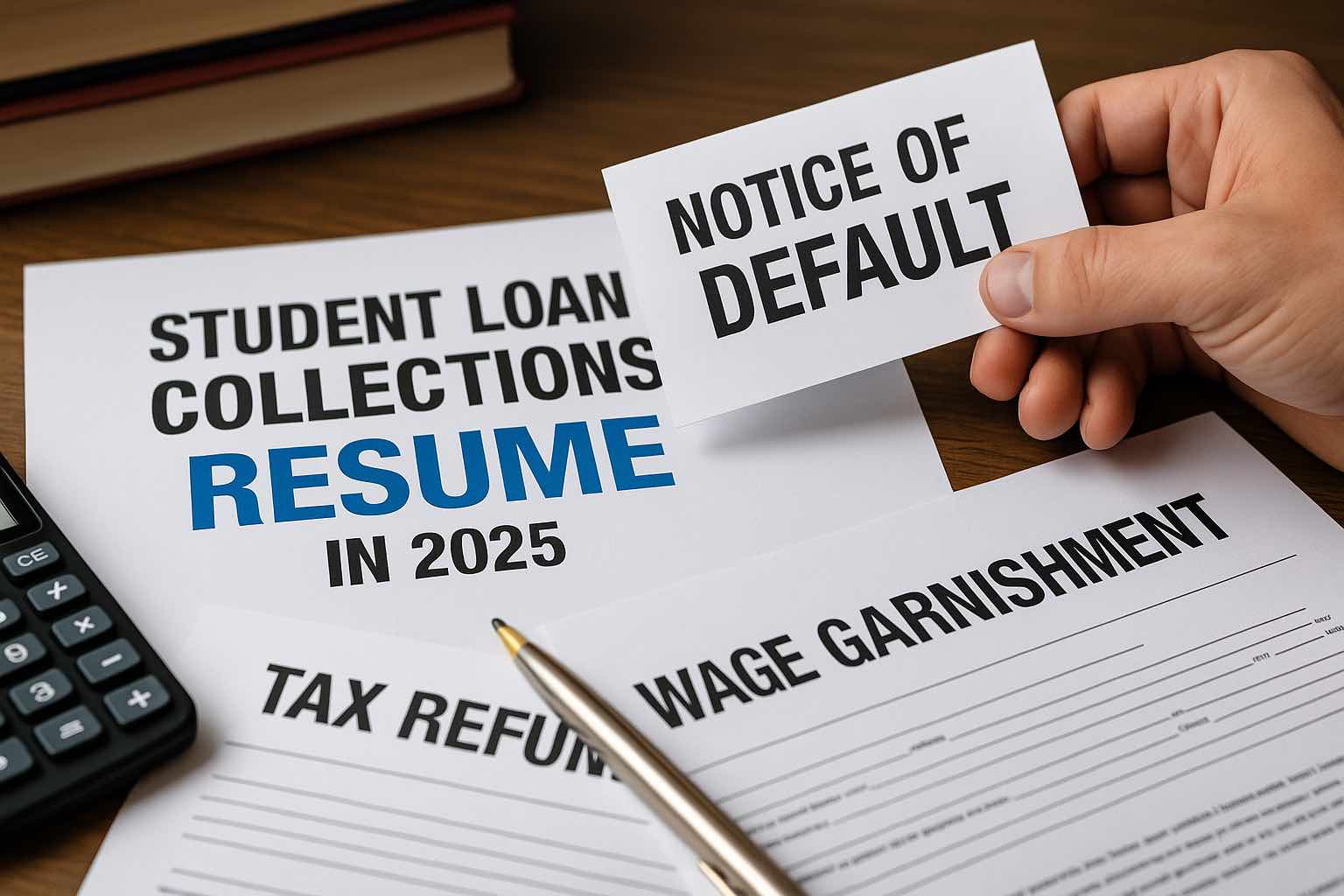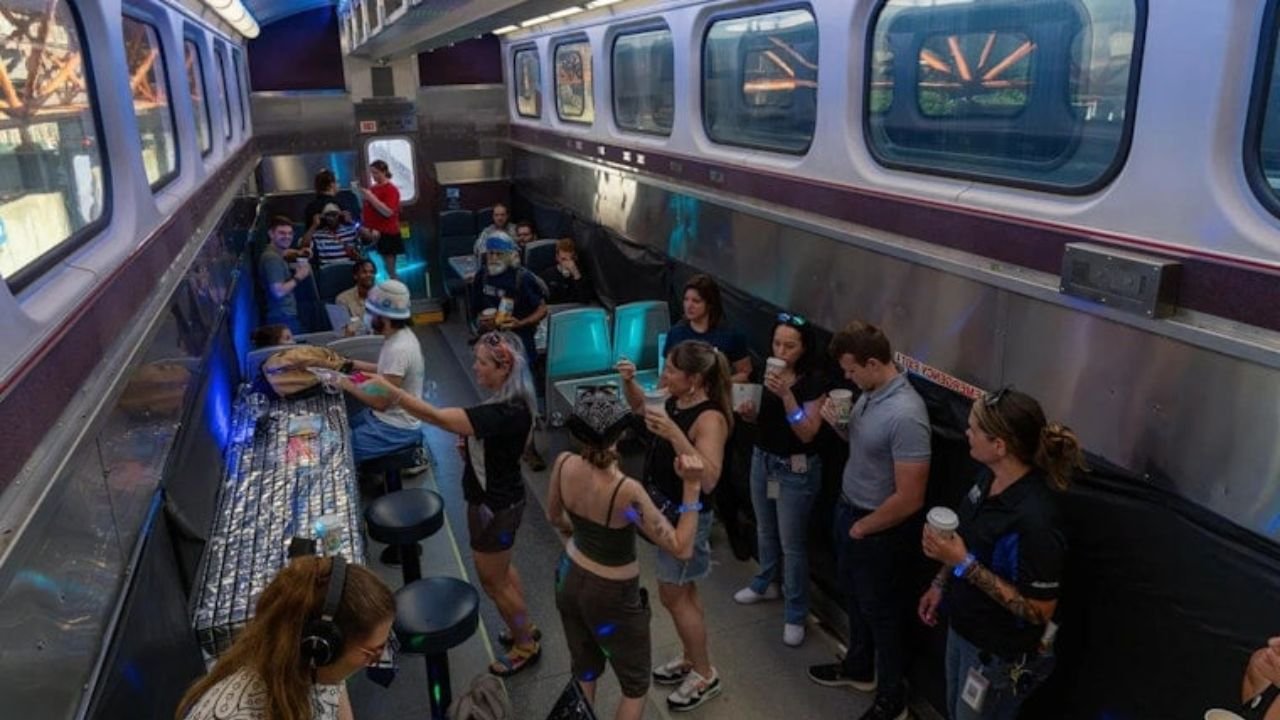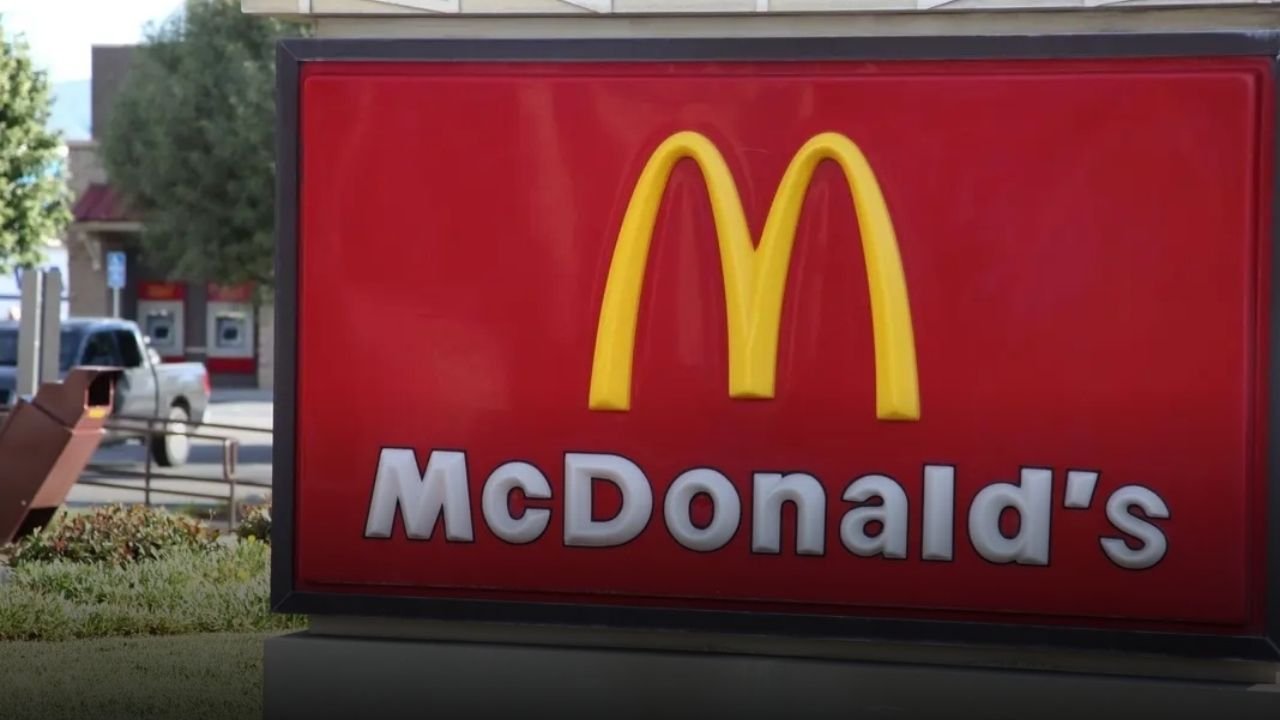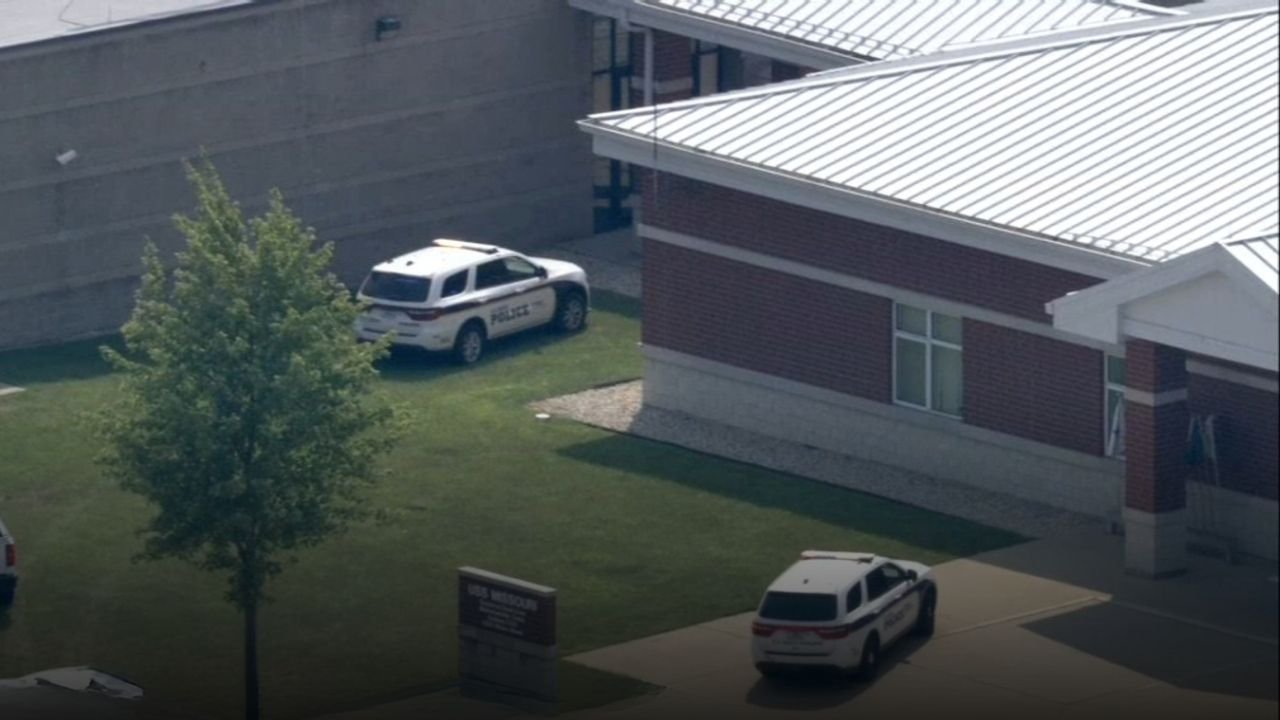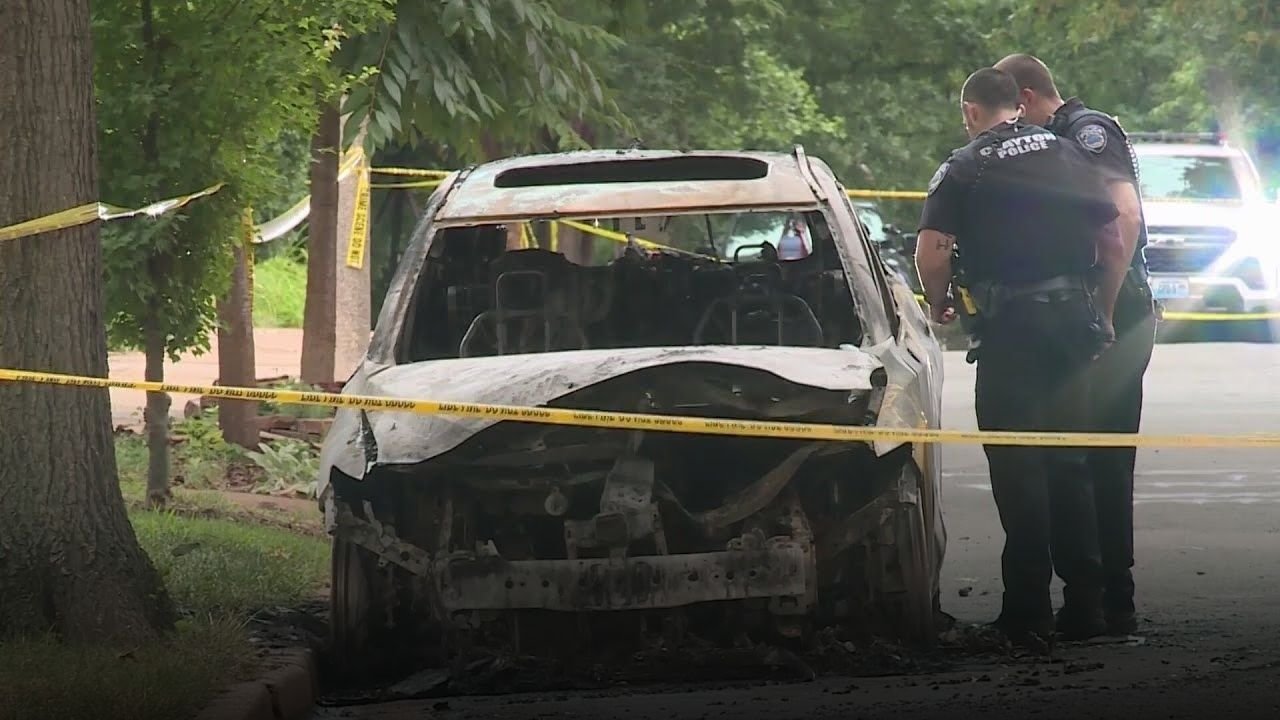Borrowers who have defaulted on federal student loans could soon see a portion of their Social Security checks garnished. Starting June 2025, the Department of Education has begun resuming collections through the Treasury Offset Program, targeting borrowers who have been in default for 270 days or more.
According to Business Insider, more than 195,000 borrowers have already received garnishment notices, with over 5.3 million expected to receive warnings throughout the summer.
What Triggered This Change?
During the COVID-19 pandemic, student loan collections were paused, shielding defaulted borrowers from credit damage and federal garnishment. That protection ended officially on May 5, 2025, after President Trump’s administration ordered the Department of Education to resume full-scale collections.
In a Wall Street Journal opinion piece, Education Secretary Linda McMahon defended the decision:
“Debt doesn’t go away; it gets transferred to others. This is about restoring fairness and responsibility.”
Who’s Being Affected?
- Borrowers in default status (no payment for over 9 months)
- Older Americans receiving Social Security retirement or disability
- Those who rely solely on federal benefits for monthly income
One borrower, 63-year-old James Southern, shared with Business Insider that he received a $1,414 bill despite being unable to retire:
“Even if I were at full retirement age, they’d garnish my Social Security. I’ll die on the job.”
Delinquency Rates Are Rising
This move comes as student loan delinquencies have skyrocketed in 2025. According to the New York Federal Reserve, serious delinquencies jumped from 0.8% in 2024 to 8.04% in Q1 2025.
That rise places millions at risk of default and garnishment, particularly among borrowers who’ve had no engagement with loan servicers since the end of the pandemic-era pause.
What Borrowers Can Still Do
The Department of Education has said borrowers do have pathways to avoid garnishment, but they must act quickly.
1. Loan Rehabilitation
- Make 9 voluntary payments in 10 months
- Removes default from credit
- Monthly payment can be as low as $5
2. Loan Consolidation
- Combine defaulted loans into a new federal loan
- Restarts repayment with a clean record
3. Income-Driven Repayment Plans (after rehab)
-
Tie monthly payments to income and family size
Note: These options do not stop garnishment once it has begun unless processed before offset starts.
Why This Matters
The resumed garnishments raise major concerns for retirees living on fixed incomes. Social Security was never meant to be tapped for debt recovery, argue many critics, especially when borrowers are older and often unaware of default status.
Business Insider reports that advocates are pushing for clearer communication, more borrower outreach, and additional protections for seniors.
Key Takeaways
- Social Security checks can now be garnished for defaulted student loans
- Collections resumed in June 2025 under President Trump’s directive
- Millions of borrowers are at risk, especially low-income and retired individuals
- Acting before offset starts is critical to avoid benefit loss
Are you or someone you know affected by this garnishment policy? Do you think Social Security should be protected from student loan collections? Share your opinion in the comments.
Stay with ChicagoSuburbanFamily.com for real updates on Social Security, student debt, and local financial news that matters.

